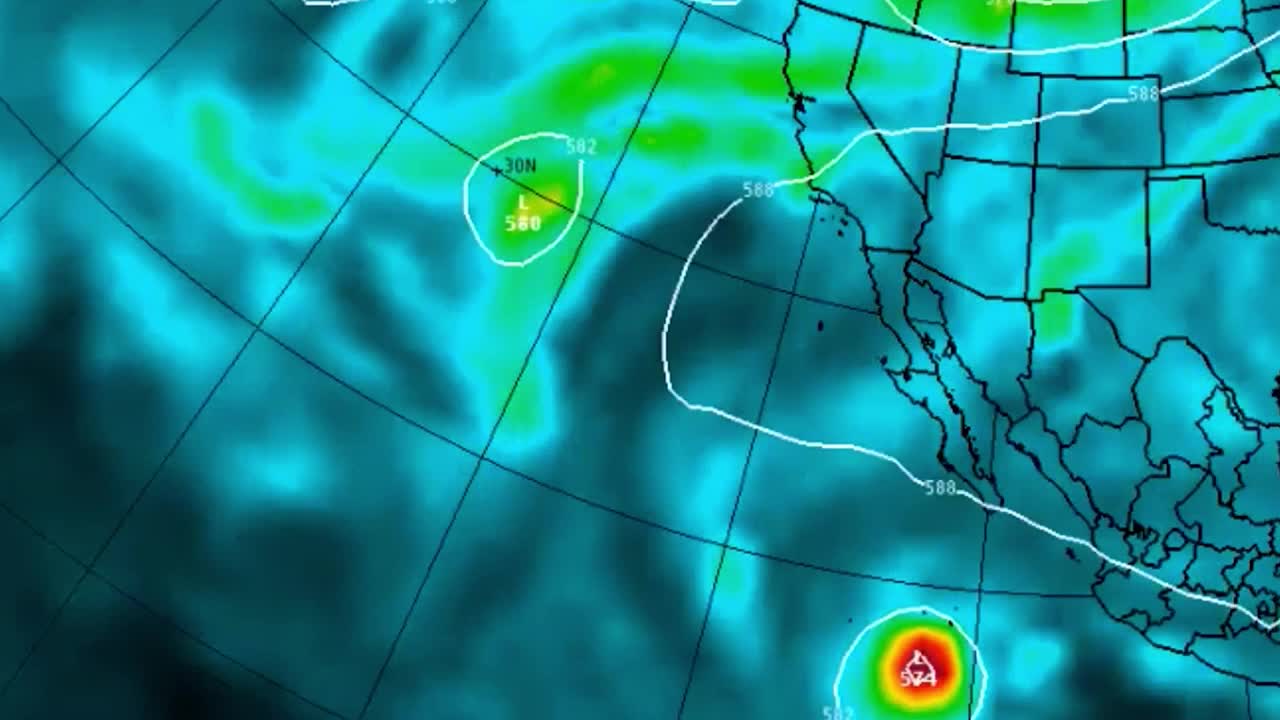Two threatening tropical systems lurk very close to the coast in the Atlantic. The East Coast will be spared from major Hurricane Humberto and Tropical Storm Imelda because of a natural phenomenon called the Fujiwhara effect.
Tropical Storm Imelda with 60 mph winds is sitting just off the coast. Major Hurricane Humberto, with its 140 mph wind spins between Bermuda and the Atlantic seaboard, making for double trouble. For several days, computer models have shown Imelda making landfall in the Carolinas as a hurricane, but suddenly have backed off and brought Imelda out to sea, seemingly yanked by Hurricane Humberto.
Indeed, the two monster storms are impacting each other, not the United States, because of a natural phenomenon called the Fujiwhara effect. When two hurricanes in close proximity spin in the same direction, they impact each other by pulling toward each other, similar to a tight dance around a common center. Their collective spin is counter-clockwise, the same direction of rotation each storm spins, and the same direction low pressures in the northern hemisphere spin.
If one hurricane is stronger than the other, which is the case in this instance, the smaller one will orbit the larger one and could be absorbed by the bigger system. Two storms of similar strength can spin and merge, or spin each other around for a while before ejecting off on their own paths.
In this scenario, Imelda was heading for landfall on the coast but instead will make a strange right-hand turn out to sea, gravitating toward Humberto. The two storms will dance out across the Atlantic Ocean, hitting Bermuda and then dissipating over colder water.




